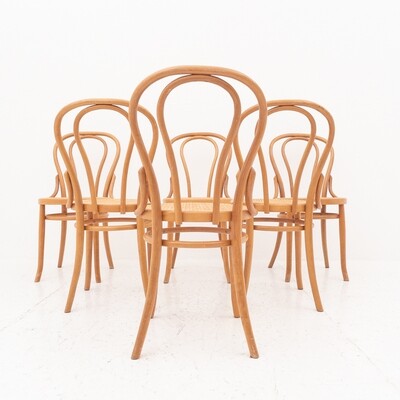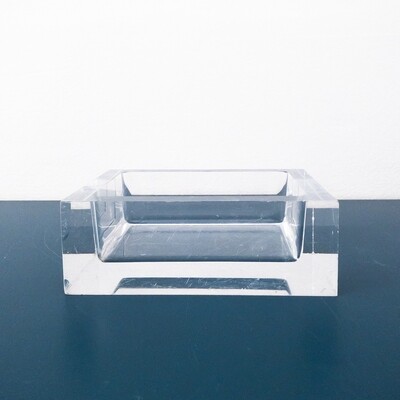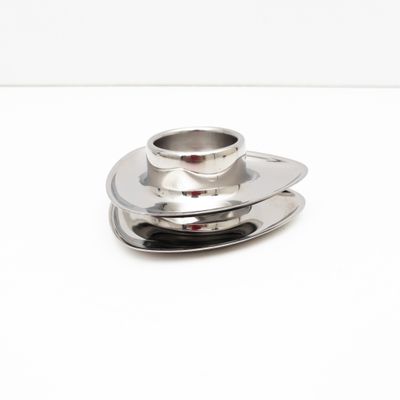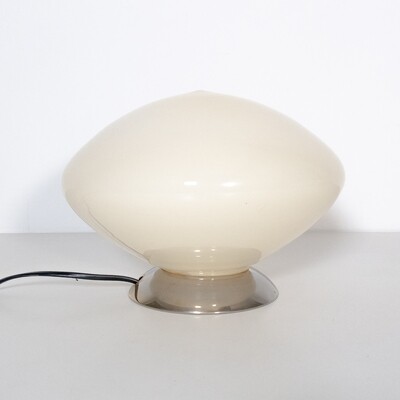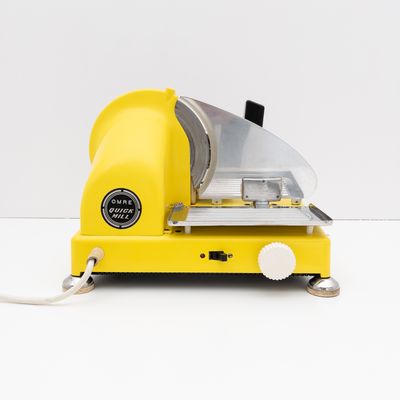

Loft46
In Loft46 puoi trovare arredamento, oggetti di design contemporaneo, vintage e modernariato.
16 Puzzle Animals by Enzo Mari for Danese Milan, Italy 1970s
The 16 Animals, known as the "Sixteen Animals Puzzle," was originally conceived in 1956 by Enzo Mari when he was in charge of research and development at La Rinascente, an Italian chain of high-end department stores. The idea was born from a brief asking to design a game for children, but Mari, looking for inspiration, discovered a Scandinavian toy made up of a wooden box with vaguely animal-like pieces. However, he felt that this game was boring due to the animals' shapes being too similar, so he decided to create his own version, introducing a greater variety of more realistic shapes.
After over thirty sketches and three prototypes, the design was finalized. The animals were made from a single sheet of wood, cut in a continuous line and finished by hand. This design allowed for a puzzle and also provided sixteen individual characters to play with, each with enough depth to make them sturdy and stackable.
The project was later revived when Mari began working with Danese in 1957. This company, founded by Bruno Danese and Jacqueline Vodoz, is mentioned as holding the patent for the 16 animals. Although the game was well received, the complexity of the production process and the costs associated with highly specialized craftsmanship made it uncompetitive. Mari had the vision of large-scale production without compromising the beauty and efficiency of his original design.
After numerous developments, injection molding of the puzzle using Baydur, an expanded polyurethane resin, was adopted in 1969. This material provided the same look and feel as wood but was cheaper, more durable and easier to produce. The swirling effect when pouring the material into the mold created a nice, soft surface. This modification allowed 16 Animals to quickly achieve considerable commercial success.
Product catalogs show that Danese continued to release the puzzle continuously until at least 1988, and we can assume that production continued until the early 1990s. Alessi subsequently took over in 1997, but it is unclear when it stopped production. Danese then reintroduced a wooden version of the puzzle three years after reselling the company in 2000.

